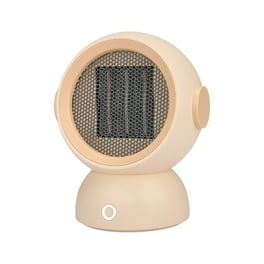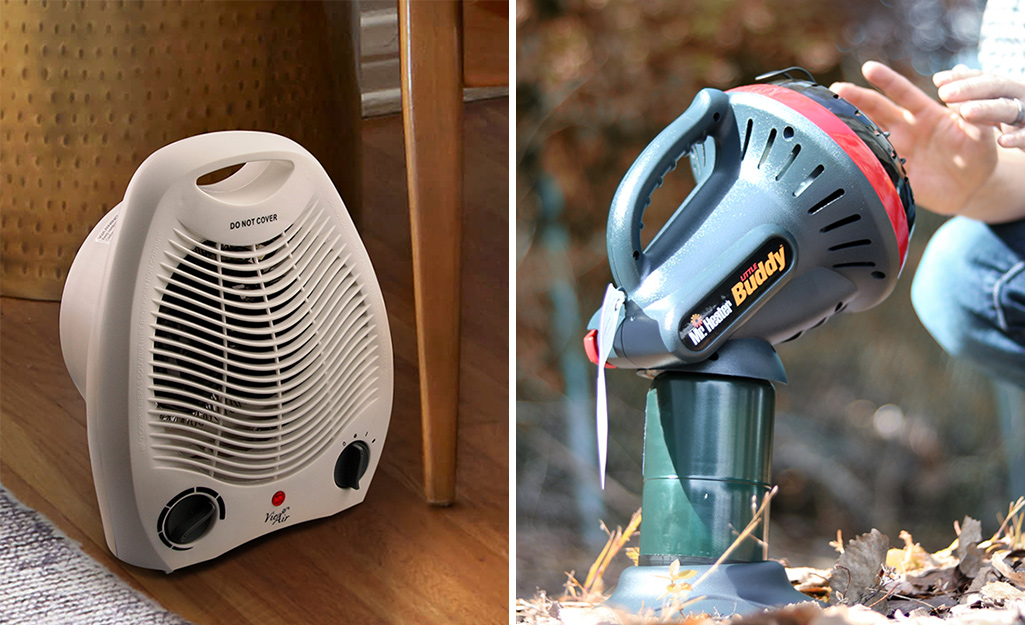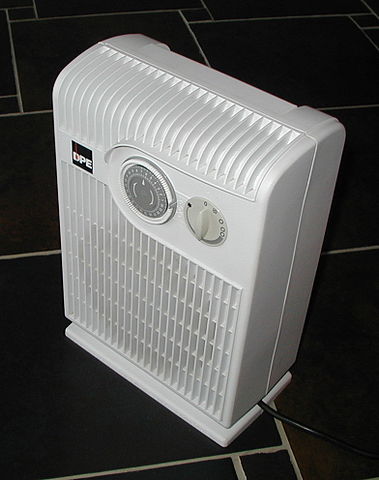1 Source Portable Air - The Facts
Table of ContentsThe smart Trick of 1 Source Portable Air That Nobody is DiscussingExcitement About 1 Source Portable AirUnknown Facts About 1 Source Portable AirNot known Details About 1 Source Portable Air Some Ideas on 1 Source Portable Air You Should Know
Running costs are based on a power rate of 40c/kWh. The costs for 3 months' use in wintertime are based on 500 hours use, or roughly 6 hours per day for 3 months. Optimum warmth output is based on the optimum power level of the models we have actually tested (we concentrate on higher electrical power heaters).

On standard, small follower heating systems are much less costly to get, however can have higher running expenses. Oil column heating systems will certainly be the cheapest on the market to run (on standard) but only by a slim margin in advance of convection heating units (like panel and micathermic panels).
Not known Facts About 1 Source Portable Air
If you have a relatively easy to fix ceiling fan, it'll aid distribute the warm around the area extra evenly. The models in our electrical heating units examination usually variety in price from well under $100 to over $900, but we have actually found a greater cost tag doesn't always suggest better performance. A variety of costly heating units have fallen short to impress our testers, while some less costly versions produce remarkably great buys.
As the name suggests, they radiate warmth from a heated burner (so the family will need to take turns being in front of it). There are flooring and wall-mounted designs available. Glowing heaters are fairly low-cost. They have a cosy glow and individual warming impact, like sitting in front of a fire.
The reasonably revealed burner can be a fire and safety risk. As an example, an item of clothing went down over it might spark, or toddlers playing around a flooring model may melt themselves, so take care. Radiant heating systems typically set you back in between $20 and $200. Oil-filled column heaters do not actually melt oil they make use of electricity to warm the oil that's secured inside their columns or 'fins'.
The Ultimate Guide To 1 Source Portable Air
Some column heaters aren't even oil-filled however rather use other material or home heating innovation to function similarly - 1 Source Portable Air. The threat of fire with an oil column heating unit is low compared to other heating unit kinds, yet never ever no. Oil heating units do not have actually revealed aspects like glowing heaters do, and their surface temperature level is reduced than several other heating system kinds (their large surface offsets it)
Oil column heating units won't take off, and while they don't shed their oil to create heat, it's still combustible, so there is a fire threat if the oil leakages, if the heating unit tips over and leaks, or if combustible things or textile enter into get in touch with or drop on the heating system. You need to exercise the very same level of caution with oil heating units as for various other heater types, and never ever hang towels or clothing over one to completely dry them use a drying shelf rather, at least one metre away.
Column heating units are particularly valuable in areas where they'll be activated for extended periods of time or where they'll run ignored, such as over night in a room. The surface areas you're likely to touch on a column heating unit don't get as warm as other sorts of electrical heating systems. You can use a ceiling fan on extremely reduced rate to aid the column heater to distribute the heat much faster and much more equally.
If there's very little air activity (for example, if you're sitting reading or enjoying television), the warm might not be dispersed equally. Oil-filled column heating systems typically cost between $50 and $450. Convection and panel heating units draw cold air over an electrical burner. The warmed up air after that leaves the heating unit and climbs in the direction of the ceiling, while cooler air actions in to change it.
Rumored Buzz on 1 Source Portable Air

Convection and panel heating systems are a lot more portable than their oil-filled column heater equivalents due to the fact that they're considerably lighter. Like a column heating system, you can make use of this link a ceiling follower on very low rate to disperse the heat quicker and a lot more evenly.

The 10-Minute Rule for 1 Source Portable Air
Follower heating systems are typically smaller and a lot more mobile than various other electric heating systems. They likewise are available in the form of tower follower heaters, which can be much better for distributing warm around larger rooms as a result of their taller account. They can heat the air in an area extra swiftly, uniformly and quickly than some other heater kinds.
They can be quite loud why not try these out with the follower on complete power, though are usually reasonably quiet at lower fan rates. Fan heating units (ceramic or otherwise) normally cost between $60 and $900. Ceramic follower heating systems aren't always any various in rate to non-ceramic versions. A relatively recent participant right into the customer market, infrared heating systems warm the space like the sun warms your face (without the UV rays so no danger of skin cancer cells). 1 Source Portable Air.
Comments on “The 9-Minute Rule for 1 Source Portable Air”